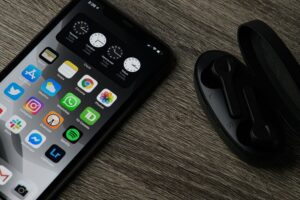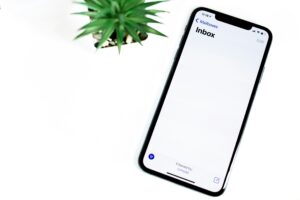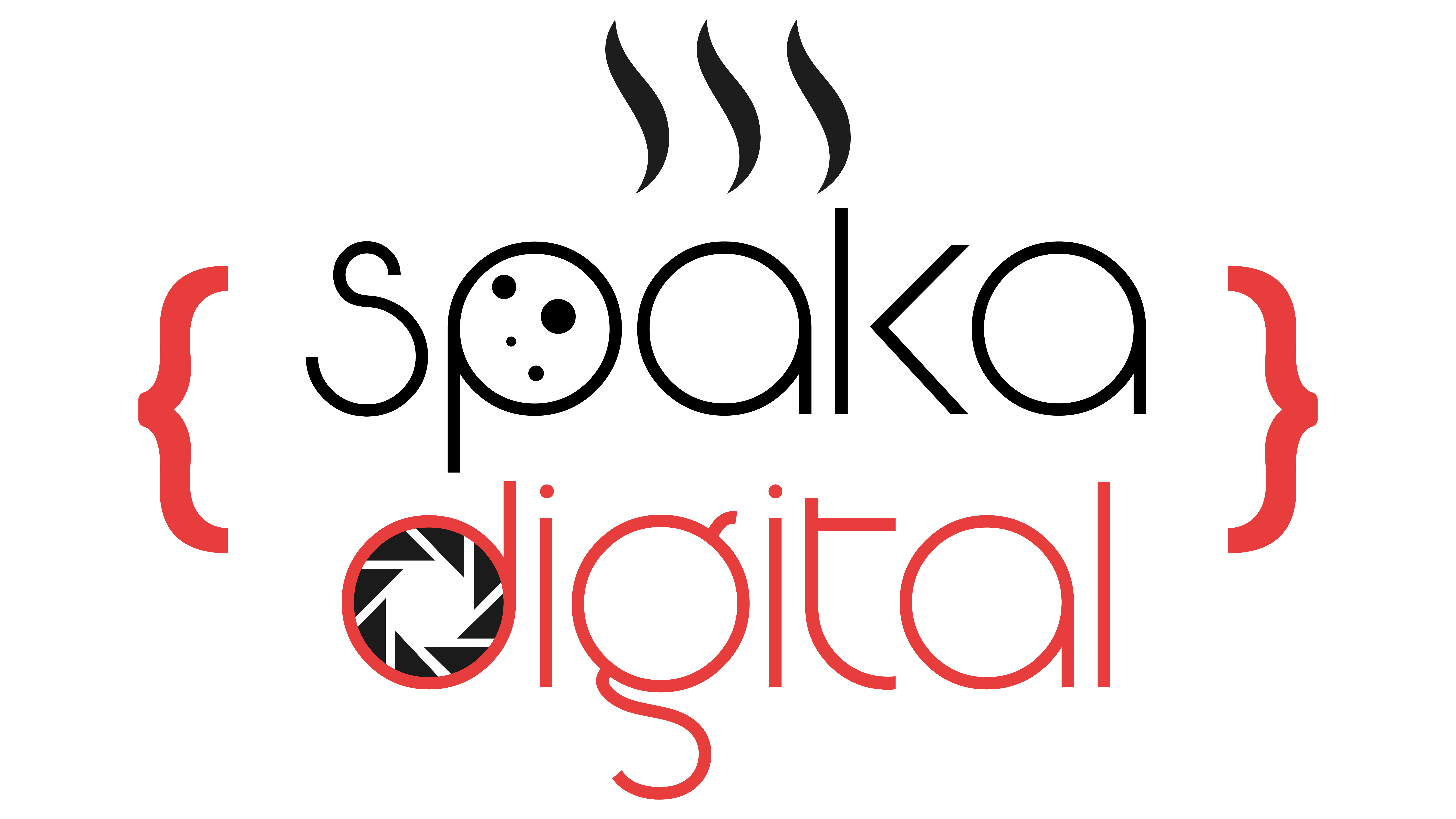Many small business owners in South Africa are focused on online marketing strategies to reach their target audience. While digital advertising is undoubtedly important, there’s still a powerful marketing tool that shouldn’t be overlooked – radio advertising.
When you think of radio, you think about how it has stood the test of time and has been a trusted medium of communication for decades. Its influence on consumer behaviour remains strong. Studies have shown that radio advertisements have a higher retention rate compared to other forms of advertising. This makes it an effective way for small businesses to build brand awareness and drive sales.
The Role of Radio Advertising in Digital Marketing
Radio advertising has long been a trusted medium for reaching audiences and influencing consumer behaviour. Despite the rise of digital marketing, radio remains a powerful tool for small business owners in South Africa. One of the key advantages of radio advertising is its ability to target specific demographics and geographic locations. With a wide range of radio stations catering to different interests and regions, small business owners can choose stations that align with their target audience. This ensures that their message reaches the right people at the right time.
Another benefit of radio advertising is its ability to build brand awareness. Radio advertisements have a higher retention rate compared to other forms of advertising, such as television or online ads. This means that listeners are more likely to remember a radio ad and recall the brand when making purchasing decisions. With the right messaging and frequency, small business owners can create a lasting impression on their target audience, increasing the chances of sales and customer loyalty.
Furthermore, radio advertising can complement digital marketing efforts. By integrating radio ads with online campaigns, small business owners can create a cohesive and multi-channel marketing strategy. For example, a radio ad can drive traffic to a website or social media page, where potential customers can learn more about the business and make a purchase. This has a positive impact on your business’s social followers allowing you to gain a wider reach with your digital campaigns.
Understanding Your Digital Marketing Target Audience and Choosing the Right Radio Station
To effectively leverage radio advertising in your digital marketing strategy, it’s crucial to understand your target audience and choose the right radio station. Despite sounding antiquated and superfluous, start by defining your target audience based on demographics, interests, and geographic location. This will help you narrow down the radio stations that align with your audience’s preferences.
Frequently, clients overlook the importance of researching various radio stations and their programming to identify those that resonate with their target audience. Instead, they often opt for Sales Agencies that collaborate with a limited number of radio stations, resulting in the repetition of the same campaign across multiple channels. Factors such as the station’s format, music genre, and the types of shows they air are not commonly regarded. For example, if the target audience is young professionals, you may want to consider stations that play contemporary music and air talk shows related to career and lifestyle rather than a music radio station.
It’s also important to consider the geographic coverage of the radio station. If your business operates locally or within a specific region in South Africa, choose a station that has a strong presence in that area. Yes, numbers don’t lie. However, ensure that your message reaches the right people who are more likely to convert into customers.
Once you have identified a few potential radio stations, listen to them regularly to get a sense of their tone, style, and the quality of their advertisements. This will help you assess whether the station’s branding and advertising style align with your business and its values. Remember, choosing the right radio station is crucial for the success of your radio advertising campaign.
Integrating Types of Radio Advertising with Digital Marketing Efforts
When it comes to radio advertising, small business owners can consider different types of ads. In some instances, these are determined by your marketing budget. Each type has its advantages and can be integrated with digital marketing efforts to maximize results. Let’s explore some of the common types of radio advertising and how they can be used in conjunction with digital marketing strategies.
- Traditional Radio Ads: Traditional radio ads are pre-recorded commercials that are played during commercial breaks. These ads can range from 15 seconds to a minute and typically convey the key message and call to action. To integrate traditional radio ads with digital marketing efforts, include a unique URL or promo code in the ad that listeners can use to redeem a special offer or discount on your website. This allows you to track the effectiveness of the radio ad and measure its impact on website traffic and conversions.
- Sponsorship and Endorsements: Another effective way to leverage radio advertising is through sponsorships and endorsements. This involves partnering with a radio station or specific show to promote your business in a more personalized and authentic way. For example, a local bakery could sponsor a morning show and have the radio hosts mention their products and offers during the program. To integrate sponsorships and endorsements with digital marketing efforts, collaborate with the radio station to create engaging social media posts and online content that complement the on-air promotion. This creates a seamless brand experience for your audience across traditional and digital channels.
- Live Remotes and Events: Radio stations often organize live remotes and events where they broadcast from a specific location or cover a special event. Small business owners can take advantage of these opportunities to promote their products or services. For example, a restaurant could host a live remote where the radio station broadcasts from their premises and offers special discounts to listeners who mention the radio advertisement. To integrate live remotes and events with digital marketing efforts, promote the event on your website and social media platforms, and encourage attendees to share their experience online using a specific hashtag. This generates buzz and extends the reach of your radio advertising campaign.
With these types of radio advertising, you create a cohesive and impactful marketing strategy that reaches your target audience through multiple channels.
Tips for Creating an Effective Radio Advertising Campaign for Digital Marketing
Creating an effective radio advertising campaign requires careful planning and consideration. Here are some tips to help you craft compelling radio ads that resonate with your target audience and drive results:
- Define Your Objective: Start by clearly defining your objective for the radio advertising campaign. Is it to build brand awareness, drive website traffic, or increase sales? Having a clear objective will guide your messaging and call to action.
- Craft a Compelling Message: Keep your radio ad concise and focused. Capture your audience’s attention with a compelling hook and memorably deliver your key message. Use storytelling techniques or testimonials to create an emotional connection with your audience.
- Use Sound Effects and Music: Sound effects and music can enhance the impact of your radio ad. Choose sounds and music that align with your brand’s personality and evoke the desired emotions in your audience. Ensure that the audio elements don’t overpower the voiceover or distract from the message.
- Include a Strong Call to Action: Every radio ad should have a clear and strong call to action. Whether visiting your website, calling a specific phone number, or visiting your store, make it easy for listeners to take the next step. Include a sense of urgency or a limited-time offer to encourage immediate action.
- Consider Frequency and Timing: The frequency and timing of your radio ads can significantly impact their effectiveness. Determine the optimal timeslots when your target audience is most likely to be listening and invest in multiple airings to increase brand recall.
- Track and Measure Results: Set up tracking mechanisms to measure the success of your radio advertising campaign. Use unique URLs, promo codes, or dedicated phone numbers to track conversions and website traffic generated by the radio ad. Analyze the data to refine your strategy and optimize future campaigns.
By following these tips, you can create an effective radio advertising campaign that complements your digital marketing efforts and drives tangible results for your small business.
Measuring the Success of Radio Advertising for Your Digital Marketing Campaign
Measuring the success of your radio advertising campaign is essential to determine its impact and optimize future efforts. Here are some key metrics and methods to measure the success of radio advertising in your digital marketing campaign:
- Website Traffic: Use unique URLs or landing pages in your radio ads to track the website traffic generated by the campaign. Analyze the increase in traffic during the campaign period and compare it to the baseline to gauge the effectiveness of the radio ad in driving online engagement.
- Conversions: Track the number of conversions, such as online purchases or form submissions, that can be directly attributed to the radio advertising campaign. Use promo codes or dedicated phone numbers to identify conversions that originated from the radio ad.
- Social Media Engagement: Monitor social media engagement during the radio advertising campaign. Look for increases in followers, likes, shares, and comments related to the campaign. This indicates that the radio ad has successfully generated buzz and sparked interest among the audience.
- Customer Surveys: Conduct customer surveys to gather feedback on the radio advertising campaign. Ask customers if they heard the radio ad, if it influenced their purchasing decision, and how they perceive your brand. This qualitative data provides valuable insights into the impact of the radio ad on consumer behavior and brand perception.
- Return on Investment (ROI): Calculate the ROI of your radio advertising campaign by comparing the cost of the campaign to the revenue generated. This helps determine the profitability of the campaign and its overall value to your business.
By tracking these metrics and analysing the data, you can measure the success of your radio advertising campaign and make informed decisions for future campaigns.
Next Steps for Implementing Radio Advertising in Your Digital Marketing Strategy
Now that you understand the power of radio advertising in digital marketing and how to create an effective campaign, it’s time to take action. Here are the next steps to implement radio advertising in your digital marketing strategy:
- Identify Suitable Radio Stations: Research and identify radio stations that align with your target audience and geographic location. Consider factors such as the station’s format, music genre, and the types of shows they air.
- Reach Out to Radio Stations: Contact the selected radio stations to inquire about their advertising opportunities. Discuss your budget, campaign objectives, and desired timeslots to find the best fit for your business.
- Craft Compelling Radio Ads: Utilize the tips mentioned earlier to create compelling radio ads that resonate with your target audience. Focus on delivering a memorable message and include a strong call to action.
- Integrate Radio Ads with Digital Marketing: Combine radio ads with your digital marketing efforts to create a cohesive and impactful marketing strategy. Use unique URLs, promo codes, or dedicated phone numbers to track the effectiveness of the radio ads.
- Track and Analyze Results: Continuously monitor and analyze the results of your radio advertising campaign. Measure website traffic, conversions, social media engagement, and customer feedback to gauge the success and impact of the campaign.
- Optimize and Iterate: Based on the insights gained from tracking and analyzing the results, optimize your radio advertising strategy for future campaigns. Make adjustments to the messaging, timeslots, or radio stations to maximize your return on investment.
By following these steps, you can effectively implement radio advertising in your digital marketing strategy and drive tangible results for your small business.
As we are living in a time where online marketing strategies dominate, radio advertising stands as a trusted and influential medium. So, small business owners in South Africa should consider incorporating radio advertising into their digital marketing strategy to unlock the full potential of their business and boost sales. Tune in to the power of radio advertising and take your business to the next level.
